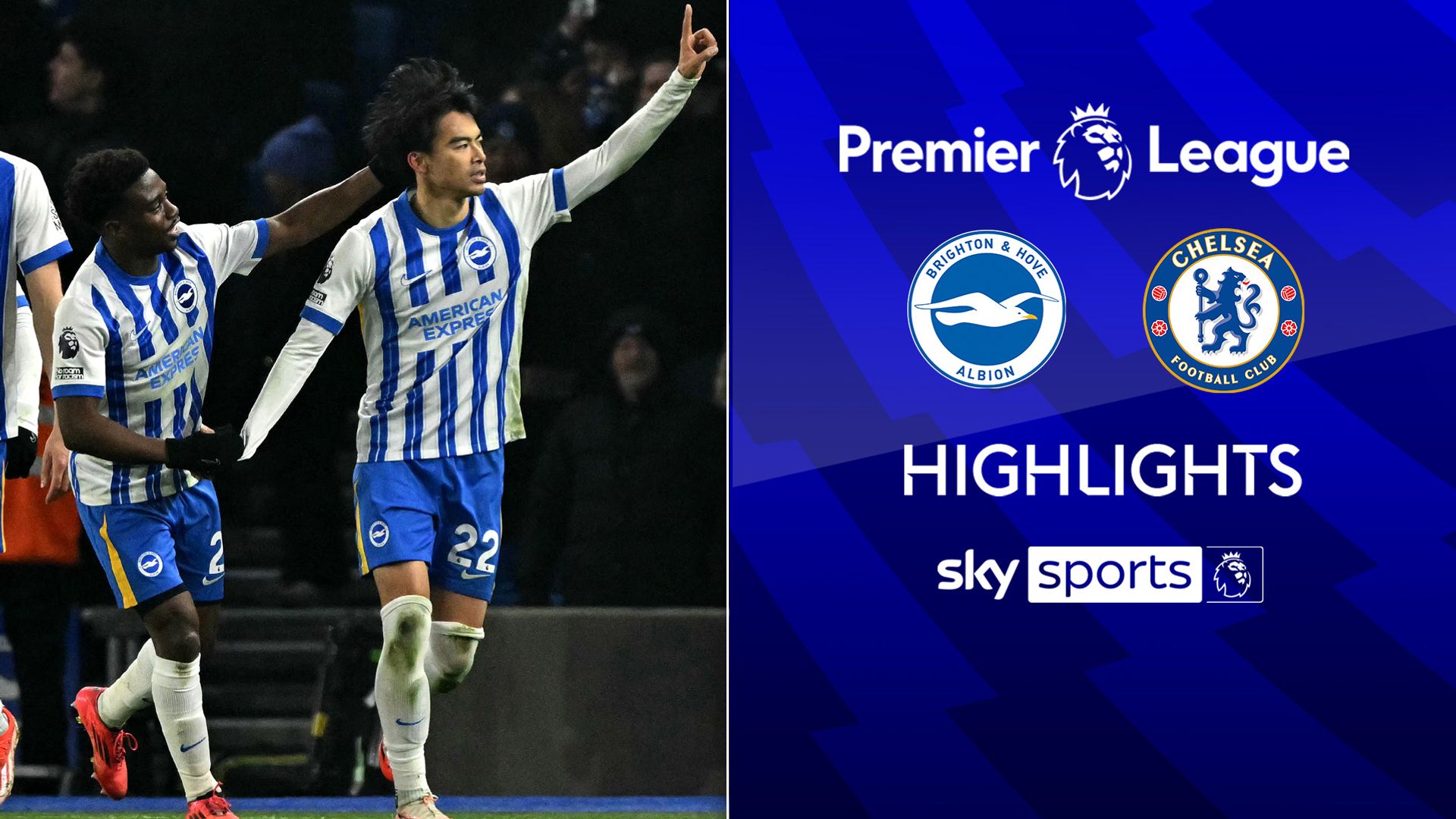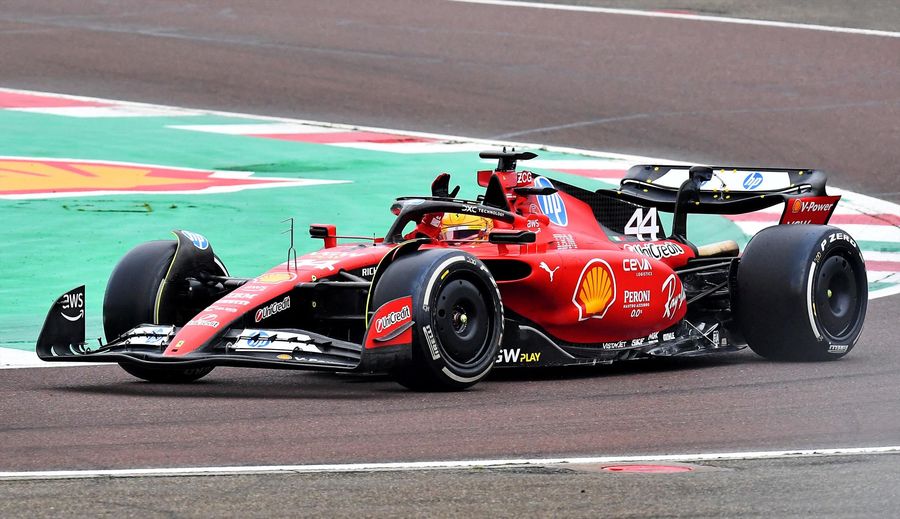Barring an especially exciting Final Four, the 2025 NCAA Tournament is destined to go down as the year March Madness became March Mundaneness. However, blaming NIL as the root cause of a relatively drama-free postseason may be misplaced.
A Final Four featuring four No. 1 seeds has happened only once before—and, coincidentally, it was also in San Antonio. The 2025 semifinal field of Auburn, Duke, Florida and Houston joins the 2008 foursome of Kansas, Memphis, North Carolina and UCLA.
This time feels different, however, as the road to San Antonio in 2025 took far fewer of the bracket-busting detours that make the NCAA Tournament so engaging. There are no parallels to Western Kentucky advancing to the Sweet 16, nor an equivalent to Steph Curry almost single-handedly shooting Davidson into the Final Four.
Realistically, a 2025 version of Curry may well have transferred out of a program like Davidson the year prior, coming off a freshman season averaging 21.5 points per game.
Yes, college basketball in 2025 looks much different than it did in 2008, and not just because the uniforms are no longer comically baggy. The most staggering difference stems from the Supreme Court’s 2021 ruling in National Collegiate Athletic Association v. Alston, which allowed players to profit from their likeness.
Because the introduction of NIL marked such a dramatic departure from the previous 11 decades and change of college sports, it’s an easy culprit to blame for this year’s uncharacteristically predictable March. It’s also an oversimplification.
The Alston decision came amid a dizzying period of changes, including the unprecedented relaxation of transfer rules and some of the most transformative conference realignment in college sports history.
Starting with realignment, using 2008 conference affiliations gives us a 2025 Sweet 16 with representation from two ACC teams (Duke, Maryland), three Big Ten teams (Michigan, Michigan State, Purdue), one Big 12 team (Texas Tech), one Conference USA team (Houston), one Mountain West team (BYU), one Pac-12 team (Arizona) and seven SEC teams (Alabama, Arkansas, Auburn, Florida, Kentucky, Ole Miss, Tennessee).
While still SEC-heavy, the overall distribution of conferences represented isn’t nearly as consolidated—and even includes two mid-major conferences. Applying even 2021 conference affiliations gives us a Sweet 16 with just one arguable mid-major league (Houston) and a definite mid-major league in the West Coast Conference (BYU).
Power conferences swelling to 16 and 18 teams contribute more to any sense of monotony in this tournament than anything NIL has done. The easing of transfer restrictions may loom larger than conference realignment, with rosters in regular flux. As noted with reference to Curry’s career at Davidson, a breakout mid-major sensation in this era is free to leave for a more prominent program without penalty.
Borrowing a line from Dave Moss, the rich get richer—that’s the law of the land.
Indeed, plenty of transfers made their mark on this and recent NCAA Tournaments. Alabama advanced to this season’s Elite Eight and last year’s Final Four with stars from Ohio (Mark Sears) and North Dakota State (Grant Nelson), as well as Hofstra in 2024 (Aaron Estrada).
In some ways, however, transfers may prove to be to this era of college basketball what the one-and-done freshman star was in 2008.
The 2008 season was comparable to 2025 in that it was just a few years removed from a landmark rule change—namely, the NBA implementing an age restriction for the draft. The availability of blue-chip high school prospects who would have jumped straight to the pros in the previous eight years instead made them the highest priority for top-tier programs.
Some of these blue-chippers made significant impacts for championship contenders. Kevin Love was UCLA’s star in its 2008 run, and Derrick Rose emerged as a future NBA Most Valuable Player during Memphis’ NCAA Tournament run.
But for 15 years, from the time the NBA introduced the age restriction until the sweeping NCAA changes post-COVID, rosters built around upperclassmen routinely proved to be best equipped to compete for national championships.
Likewise, rosters with time to jell—whether arriving as freshmen or transfers who spent multiple seasons together—should be more successful than teams built on mercenaries chasing NIL deals every offseason.
And that extends to the Cinderellas that often surface in March.
This tournament almost produced one such example with UC San Diego. Had the Tritons taken down Sweet 16-bound Michigan in the first round—after losing 2023-24 standout Bryce Pope to Southern California—the conversation about this postseason might be different.
The same goes for Colorado State defending Derik Queen’s buzzer-beater to send Maryland to the Sweet 16, or UNC Wilmington, which signed coach Takayo Siddle to an extension immediately following its NCAA Tournament, holding onto a late lead against Texas Tech.
College basketball is in a period of adjustment, due in part to NIL, to be sure. But madness will return to March with time and adaptation.


